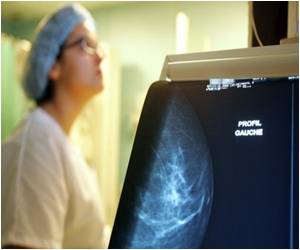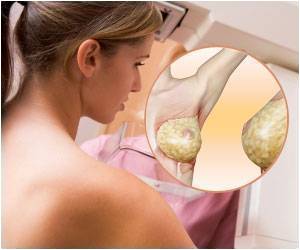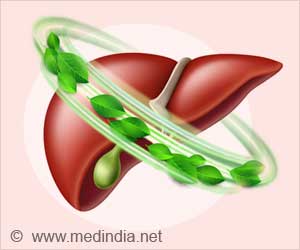Researchers at UT Southwestern has found that as cholesterol is metabolized, a potent stimulant of breast cancer is created - one that fuels estrogen-receptor positive breast cancers and that may also defeat a common treatment strategy for those cancers.

The discovery of 27HC as another driver of breast cancer may explain why endocrine-based therapy is often unsuccessful, providing a new target for therapy, the researchers say.
"This information can be used to develop new therapies that inhibit 27HC action or production, or increase its metabolism, in effect cutting the cancer off from a key growth stimulator," said senior author Dr. Philip Shaul, Professor and Vice Chair for Research in Pediatrics and a member of the Harold C. Simmons Comprehensive Cancer Center.
Implications of the research that appears in Cell Reports today are significant.
One million new cases of breast cancer are diagnosed each year, and about two-thirds of those are hormone receptor-positive, meaning they contain receptors for the hormones estrogen and/or progesterone, according to the American Cancer Society. Estrogen receptor-positive breast cancer is particularly prevalent following menopause.
Resistance to commonly used endocrine-based therapies occurs frequently, which led the researchers to recognize that important estrogen-independent processes must be driving the cancers' growth.
Advertisement
Using specialized techniques developed by Dr. Jeffrey McDonald, Associate Professor of Molecular Genetics, the research team quantified levels of 27HC in tissue samples from UT Southwestern's Center for Breast Care. They found that in the breast cancer patients, 27HC content in normal breast tissue was markedly increased compared to that in cancer-free controls, and that tumor 27HC content was further elevated.
Advertisement
Prior studies have shown that estrogen upregulates the 27HC metabolizing enzyme CYP7B1. Therefore, the commonly-used therapies that block estrogen synthesis or action may actually increase the abundance of this newly discovered promoter of breast cancer, the researchers also concluded.
"Measurements of tumor CYP7B1 or 27HC content could provide a potentially critical new means to personalize endocrine-based therapy for women with breast cancer," said Dr. Shaul. "Ultimately, the translation of these new findings to the clinical setting may also involve determinations of tumor CYP7B1 or 27HC abundance to serve as prognostic indicators."
Other UT Southwestern researchers on the team included Dr. Qian Wu, Dr. Tomonori Ishikawa, Dr. Rosa Sirianni, Dr. Hao Tang, Dr. Jeffrey G. McDonald, Dr. Ivan S. Yuhanna, Dr. Bonne Thompson, Dr. Luc Girard, Dr. Chieko Mineo, Dr. Rolf Brekken, Dr. Michihisa Umetani, and Dr. Yang Xie.
About UT Southwestern Medical Center
UT Southwestern, one of the premier academic medical centers in the nation, integrates pioneering biomedical research with exceptional clinical care and education. The institution's faculty includes many distinguished members, including five who have been awarded Nobel Prizes since 1985. Numbering more than 2,700, the faculty is responsible for groundbreaking medical advances and is committed to translating science-driven research quickly to new clinical treatments. UT Southwestern physicians provide medical care in 40 specialties to nearly 90,000 hospitalized patients and oversee more than 1.9 million outpatient visits a year.
Source-Newswise















